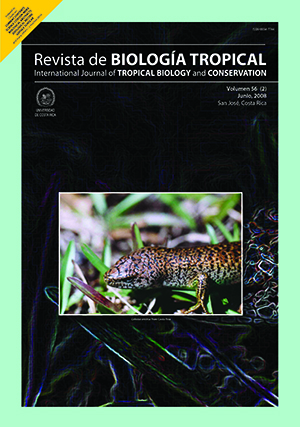Abstract
The micronuclei (MN) test carry out in peripheral blood is fast, simple, economic and it is used to detect genotoxic environmental agents. MN are frag-ments of chromosomes or complete chromosomes remaining in the cytoplasm after cell division, which increase when organisms are exposed to genotoxic agents. Therefore, species with the highest values of spontaneous micronucleated erythrocytes (MNE) are the most suitable to be potentials biomonitor of micronucleogenic agents, using a drop of blood. Nine species of Felines that present spontaneous MNE in peripheral blood are shown. From these species, the cat has been previously proven, with positive results and also lion (Panthera leo), yaguaroundi (Felis yagoaroundi), lynx (Lynx ruffus), jaguar (Panthera onca), puma (Puma concolor), tiger (Panthera tigris), ocelote (Felis padalis) and leopard (Panthera pardus) display spontaneous MNE, and with this characteristic this Family can be propose like a potential group to be used in toxicogenetic studies.
Comments

This work is licensed under a Creative Commons Attribution 4.0 International License.
Copyright (c) 2008 Revista de Biología Tropical






